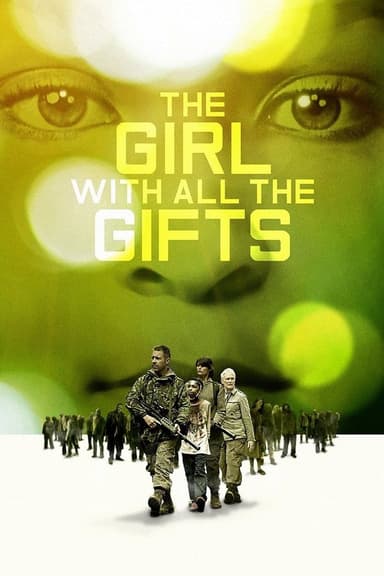
The Dark
2005 • Horror, Mystery, Thriller • R
In an attempt to pull her family together, Adèlle travels with her young daughter Sarah to Wales to visit her father. The morning after they arrive, Sarah mysteriously vanishes in the ocean. Not long after, a little girl bearing a striking resemblance to their missing daughter reveals that she has retuned from the dead — and that Sarah has been taken to the Welsh underworld.
Runtime: 1h 27m
Why you should read the novel
If you crave richer, more immersive experiences than what films typically provide, 'Sheep' by Simon Maginn delivers gripping, slow-burn dread that seeps into your bones. The narrative is far deeper and more nuanced than what the movie adaptation presents, offering a wealth of psychological intricacies and powerful emotional currents. Through Maginn’s evocative prose, you are invited into a hauntingly atmospheric world, allowing the tension and mystery to develop organically rather than through cinematic shortcuts.
Where the film version focuses on visual scares and condensed storytelling, the book luxuriates in character backstories and complex motivations. By reading 'Sheep,' you get to witness the gradual unraveling of trauma, guilt, and fear, all while experiencing a uniquely personal engagement with the setting and its mysteries. The novel's thoughtful pacing and rich descriptions foster a lingering sense of unease that’s difficult to replicate on screen.
Choosing the novel allows you to appreciate the original vision of the story, including subtle psychological horror, intricate themes, and deeper emotional stakes. The power of Maginn's work lies in its ability to unsettle without relying on jump scares. Pick up 'Sheep' for a more profound and memorable exploration of the darkness that haunts both land and mind.
Adaptation differences
While The Dark (2005) draws loosely from 'Sheep,' the adaptation introduces significant departures in both plot and tone. Most notably, the movie frames its narrative around Welsh mythology, especially the legend of Annwyn, which is largely absent in Maginn’s novel. The book stays firmly rooted in the psychological and realistic aspects of grief and trauma without invoking supernatural Celtic lore, whereas the film emphasizes occult themes and afterlife mythology as central plot devices.
Another key difference lies in character development and relationships. The novel presents its protagonists with greater emotional complexity, focusing heavily on their internal struggles and personal histories. In contrast, the film often simplifies these dynamics to serve its horror-driven narrative, resulting in less nuanced character arcs. The interactions and motivations are more ambiguous and subtle in the book, fostering a deeper sense of uncertainty and psychological dread.
The setting also shifts in the adaptation. While both works take place in rural coastal locations, the film distinctly emphasizes the bleak, isolated Welsh coast to intensify its mystical atmosphere. The book, meanwhile, relies on a more nondescript landscape, using natural elements to support its psychological horror rather than becoming a supernatural character in itself.
Perhaps the most profound divergence is in the resolution and overall impact. Maginn’s novel resolves its narrative ambiguities with lingering psychological questions, leaving readers unsettled and reflective. The Dark, by contrast, pursues a more conventional cinematic climax and resolution, prioritizing visual spectacle over lingering ambiguity. Consequently, the adaptation’s storytelling style creates a fundamentally different emotional resonance, making the book a unique experience worth discovering.
The Dark inspired from
Sheep
by Simon Maginn










